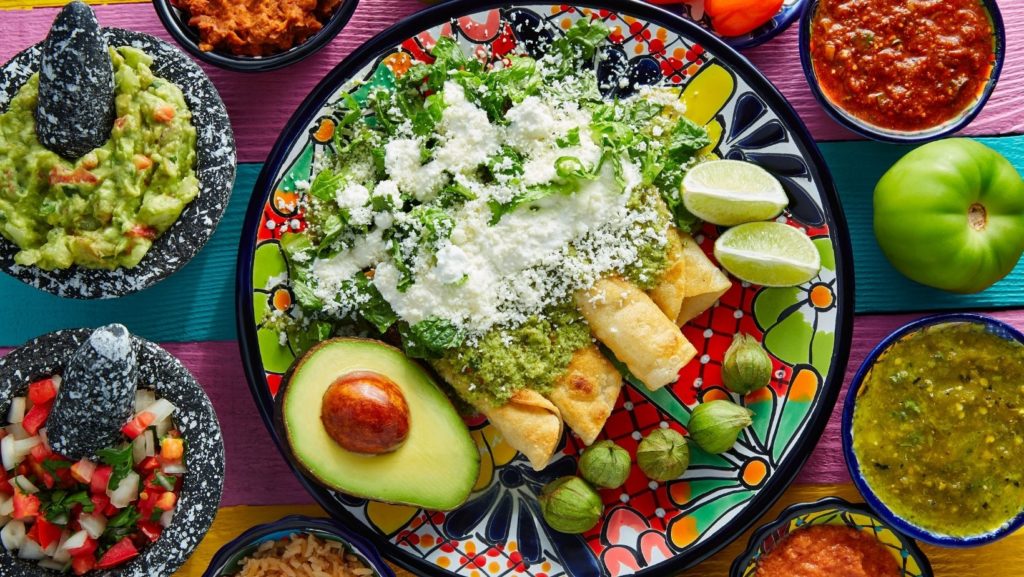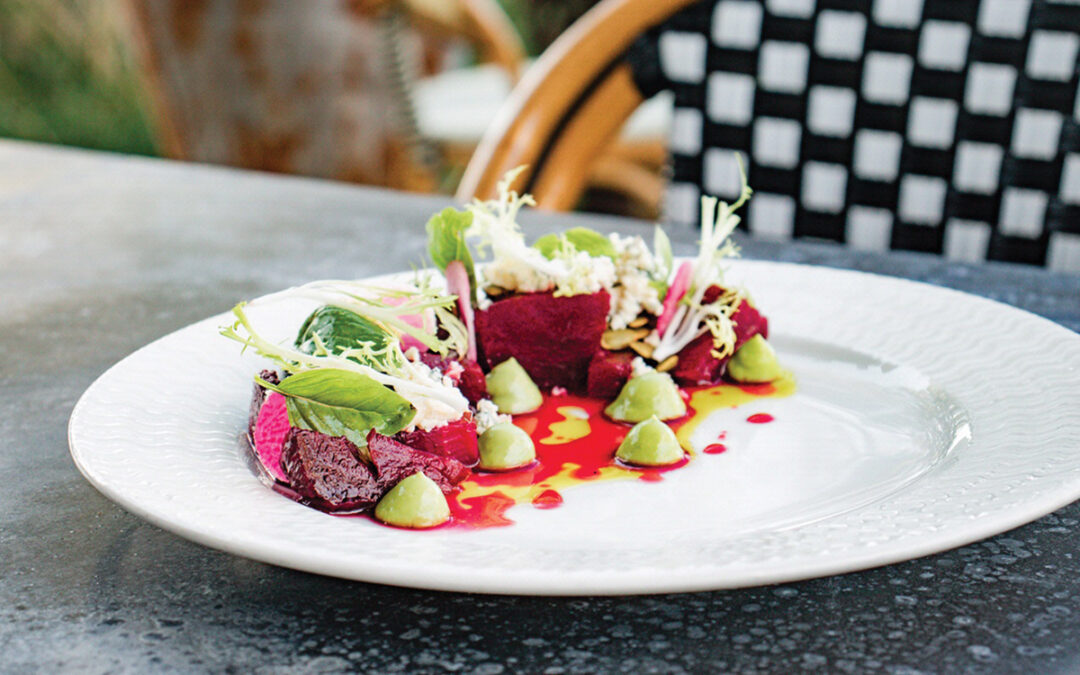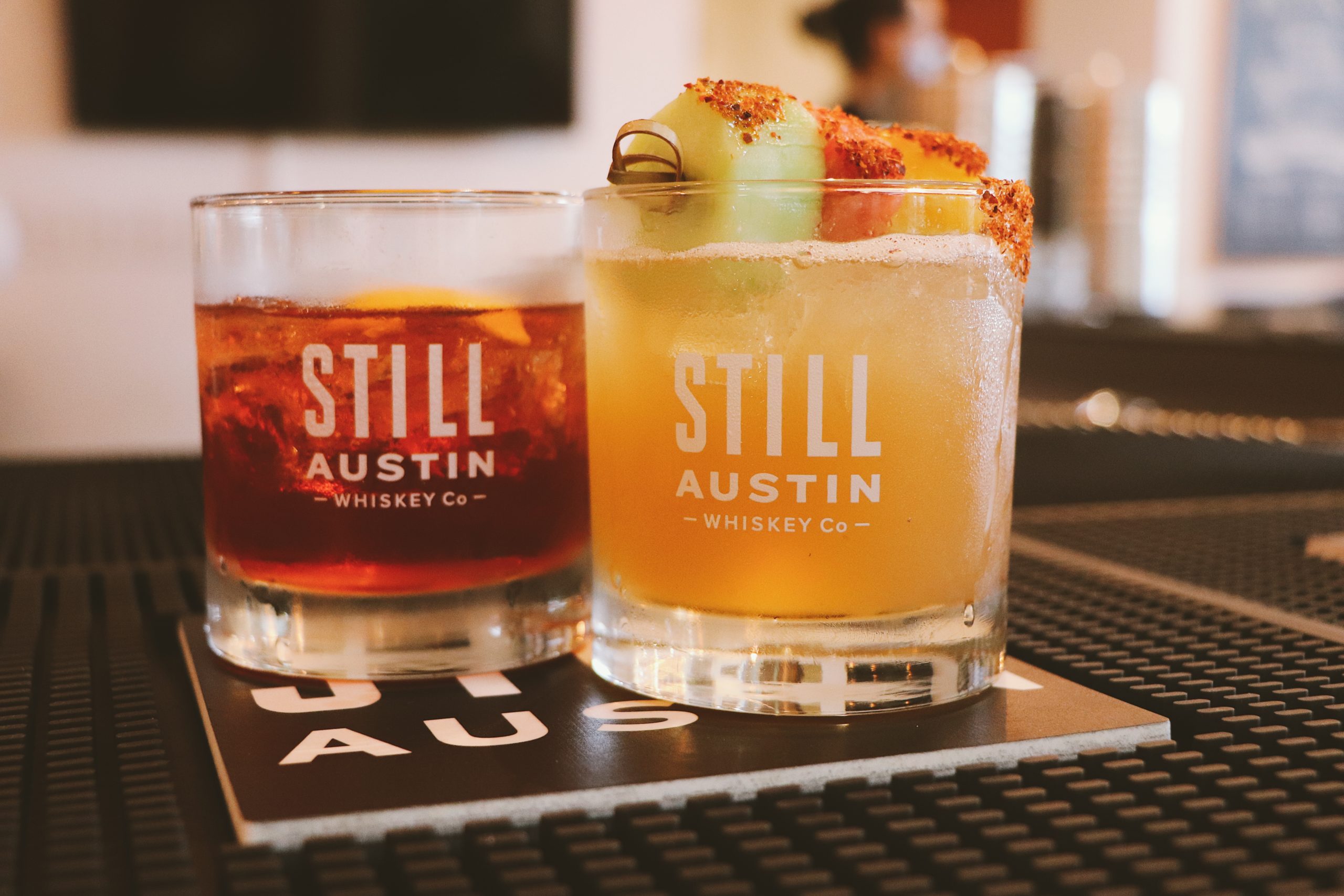
San Antonio’s premier cuisine has always been Mexican or Tex-Mex foods. We are well known for our fajitas, enchiladas, tacos and other spicy representatives from south of the border. For many people the beverage of choice is a cold cerveza, such as a Corona or Dos XX, a margarita or even a Big Red soda. But what would you serve if you wanted to expand your choices into domestic or imported wines? If we go back to our food-and-wine-pairing rules, we know that there are several places to start the search for that perfect wine to serve with Mexican foods. One of the first rules is location: “What grows together goes together.” In this case, it is sometimes difficult to find Mexican wines since their production and importation is somewhat limited.
If you can find it, Chateau Camou is an excellent example of a wine produced in Mexico. It is somewhat like a viognier in taste and balance.
Our next choice is to look at wines from Spain, Portugal or even Texas. Some suggestions for white wines in this category might include a Spanish albarino or a vino verdejo such as the Martina Prieto imported by Small Vineyards and found in some of the smaller wine shops around town.
For those of you who prefer a slightly sweeter wine, you might try the Stonewall muscat canelli from the Pedernales Cellars right here in Texas. These wines will go well with seafood like fish tacos.
Try a pinot gris (from Oregon or Washington) or pinot grigio from Italy for slightly more spicy foods such as guacamole and sauces such as pico de gallo.
An excellent pairing for fried appetizers is a sparkling wine such as a cava from Spain or a sparkling wine from the Gruet Winery in New Mexico, which produces dry sparkling wines and an off-dry sparkling rosé.
For a pairing that works very well but is somewhat counterintuitive, try a sauvignon blanc from New Zealand with seafood and vegetables. A chicken fajita salad with sauvignon blanc is an excellent light lunch combination.
If you are pairing wine with meat dishes, go for the “big red” wines such as zinfandels, Chilean cabernet sauvignons or Argentinian \malbecs or merlots. Try to stay away from very tannic wines, so choose younger, lighter varieties of these wines. Spicy beef fajitas topped with onions and chilies go well with Turley zinfandels if you want to spend extra money on your wine. An Australian shiraz is also a good choice; try Hope Winery’s “The Ripper” shiraz for a great pairing. However, a simple, lighter Concha y Torocarmenere or malbec will go just as well if you are looking for a value wine.
These lighter reds will pair beautifully with chicken fajitas as well as beef. Mexican foods generally have an earthiness to them that brings out earthy flavors such as toasty oak, tobacco and plum in petite sirahs, especially those from the Paso Robles region of California. Try Peachy Canyon Winery’s petite sirah for an example. If you like the complexity of mole sauce, try a complex blend of varietals, such as the Cadence red blend from Washington. It is a blend of 53 percent cabernet sauvignon, 32 percent merlot and 15 percent cabernet franc. Again, this wine is somewhat on the pricey side but well worth it if you want to impress your dinner guests.
A bit more information on zinfandels: Anytime you smoke or grill red meat, zin is an excellent choice, but don’t forget that red wines and red blends can go with dark chocolate desserts as well. Mexico is the land of chocolate, and some of the best comes from there. Chocolate mixed with cinnamon or slightly spicy chilies will pair very well with red varieties or red blends. A cabernet sauvignon is wonderful with chocolate cake or even just a small piece of artisan chocolate.
Remember to think about the ingredients that are used in each dish, and use your imagination when pairing food and wine.
BEANS
Shiraz, zinfandel; if with bacon, try malbec or pinot noir.
CHILIES OR SALSA
If roasted, try fume blanc; raw or cooked, try malbec, tempranillo or zinfandel. Jalapeños go especially well with sauvignon blanc from New Zealand or pinot \ gris from Oregon.
CHOCOLATE
Cabernet sauvignon, port, moscato.
CINNAMON
Gewürztraminer, shiraz, pinot noir.
CILANTRO
Sauvignon blanc, chenin blanc, German Kabinettriesling.
CORN
Chenin blanc, sauvignon blanc, chardonnay.
FAJITAS
Beef: shiraz, zinfandel, merlot, malbec, cabernet sauvignon; chicken: chardonnay, sauvignon blanc.
Goat (barbecued) — cabernet sauvignon, malbec, syrah.
MOLE
Riesling, zinfandel.
NACHOS
Sparkling wine, zinfandel.
PAPAYAS
Chardonnay, gewürztraminer, riesling.
POSOLE
Sauvignon blanc.
QUESADILLAS
Cava, chardonnay, rosé.
RICE
Pinot noir, chardonnay, viognier.
SHRIMP
Unoaked chardonnay, sauvignon blanc, pinot blanc, sparkling wines.
TORTILLA SOUP
Rioja, New Zealand sauvignon blanc.
VANILLA
Asti, banyuls, moscato, sparkling wine, sweet riesling.
From this non-exhaustive list you can see there are some trends in pairing Mexican foods and wine:
If you are serving lighter foods, salads, seafood or soup, pair with sauvignon blanc or chardonnay.
If you are serving heavier foods such as red meat, spicy sauces, beans or goat, serve with zinfandel, malbec or merlot.
Appetizers such as nachos, tortilla chips and salsa can be served with sparkling wines, light merlots, sauvignon blanc or zinfandel.
For fruity desserts pair with sweeter wines such as moscato or riesling.
Dark chocolate can be paired with cabernet sauvignon or shiraz.
Above all, remember the best wine is the wine you like. If you follow other people’s rules and pairing suggestions but don’t enjoy the wine, you have lost out on a great opportunity to have fun and enjoy yourself.









0 Comments